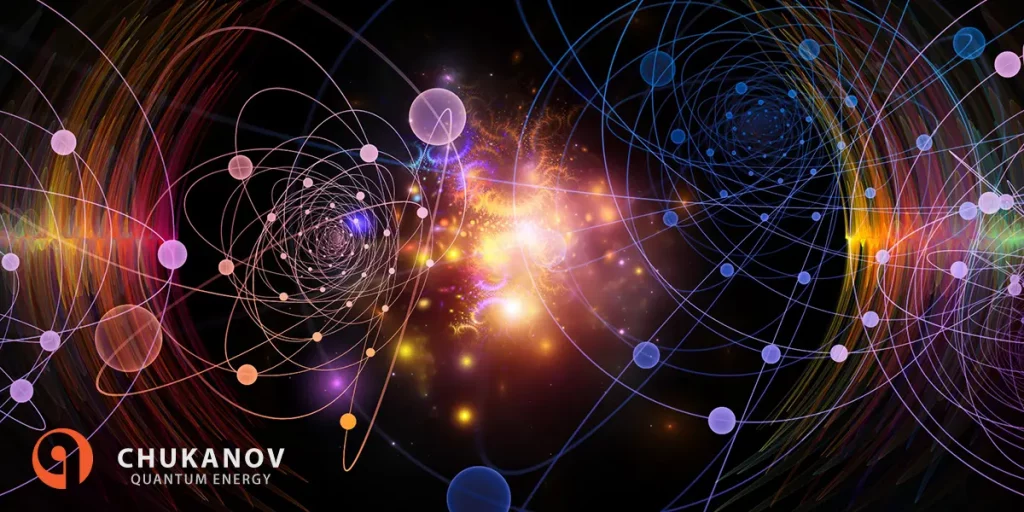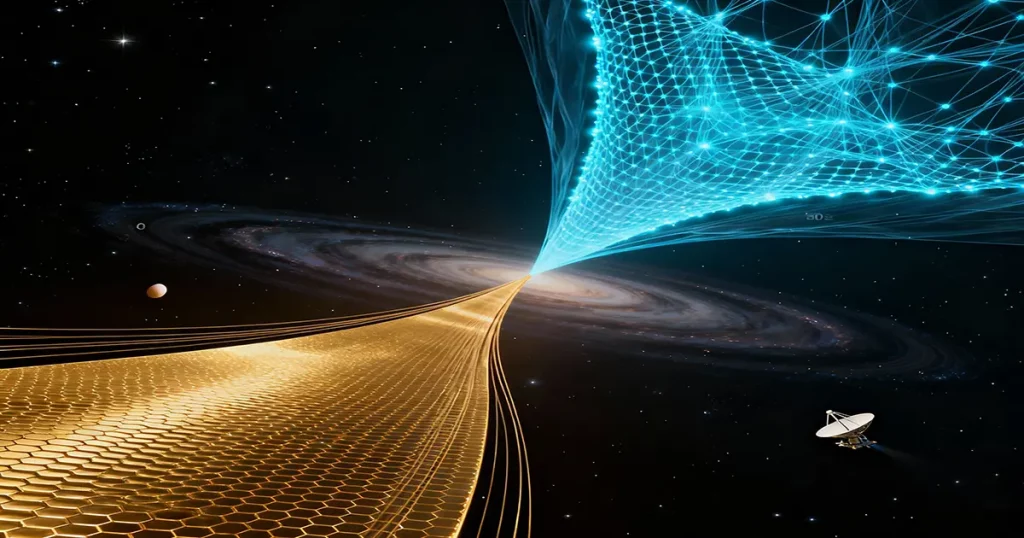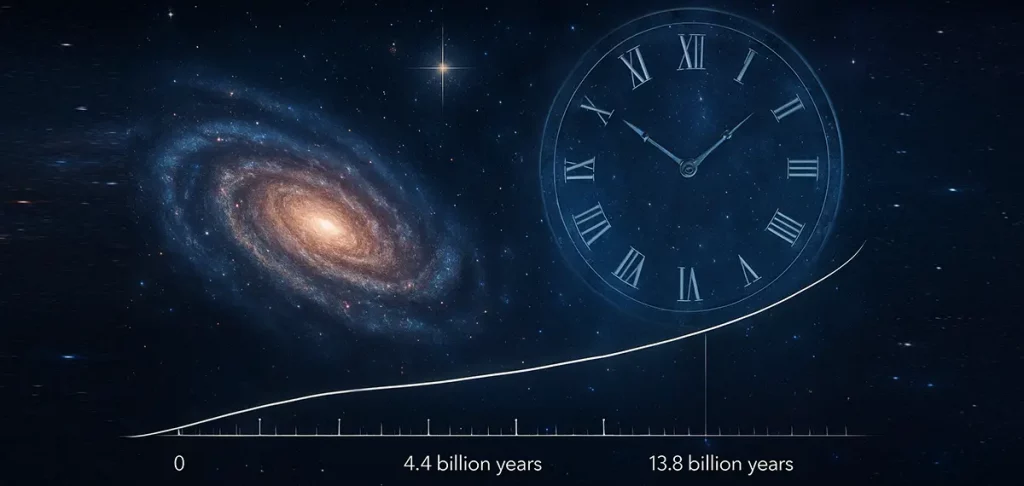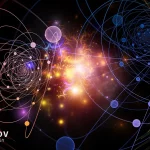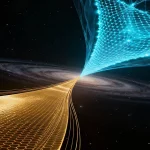Formation and Characteristics
Ball lightning, also known as a luminous plasma sphere, glowing orb, or globular lightning, is a rare and fascinating electrical phenomenon observed both naturally and recreated in laboratory conditions. In this experiment, ball lightning is artificially created underwater in salty seawater by a discharge from high-voltage, high-energy storage capacitors.
The eruption process starts within a strong metallic cylinder serving as a containment chamber. Initially, a bright white light emerges from the cylinder, representing the formation of a compact, high-density plasma nucleus with macro-nuclear energy of small power. The intense pressure generated by this nucleus causes the ball lightning to erupt violently from the cylinder chamber. This eruption appears as an intensely bright white spherical light that seems to cut through the surrounding space underwater.
The Eruption and Plasma Dynamics of Ball Lightning
After the ball lightning erupts, a flow of Super Dense Quantum Plasma (SDQP)—characterized by a vivid bright red glow—follows the luminous sphere. This plasma stream is highly energetic but unstable, quickly dissipating as the surrounding liquid water returns to normal, marking the end of the eruption cycle.
The underwater environment acts both as a containment and cooling medium, allowing scientists to observe the physical and energetic dynamics of ball lightning eruptions more clearly than in atmospheric conditions.
Properties and Scientific Importance of Ball Lightning
Ball lightning events, whether natural or artificial, are usually short-lived, lasting from fractions of a second up to several seconds. Despite their brief duration, these luminous plasma spheres exhibit extremely high energy density and can emit intense light across a broad spectrum, generate heat, and leave physical traces.
Controlled generation and study of ball lightning and its eruption process hold significant promise for advancing research in plasma physics, quantum energy, and potential high-density energy applications. Due to the extreme conditions necessary for its creation and the unstable nature of the plasma, controlled experiments remain complex and specialized.



